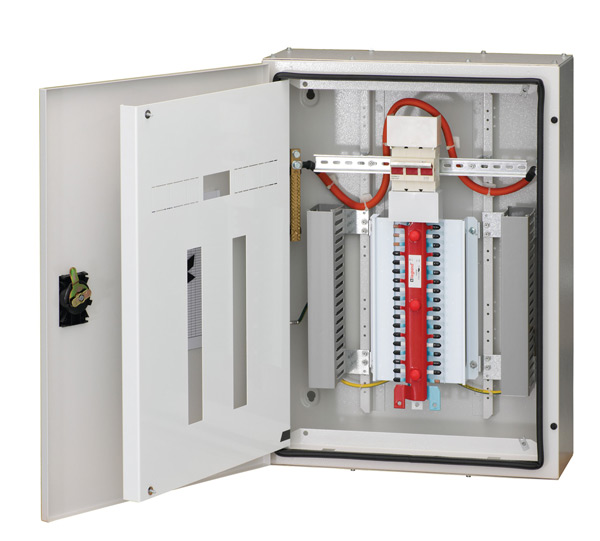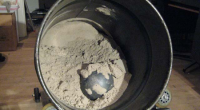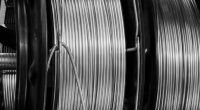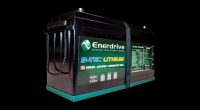Electrical Distribution Boards
Electrical distribution board is a panel board that is an integral part of every electrical installation. As the name itself implies, electrical distribution boards serve to evenly distribute the power supply through different circuits, supplying various consumption points in the residential or commercial buildings. More specifically, the overall supply of electrical power coming from the electrical network comes to the building through one main feeding cable. That feeding cable that transports the electrical power from the network to the building is directly connected to an electrical distribution board.

Electrical distribution boards contain a special circuit breaker, which is the main part of these board panels. It has the main function which includes splitting the total amount of electrical power (either single or three phase) and distributing it to a certain number of mini circuit breakers. Each of the mini breakers are connected to a specific cable that leads to an individual power outlet, machine point or light circuit. These cables are also inserted in the distribution board, but they are located on the opposite side of the main feeding cable.
Other components of the electrical distribution boards are a bus bar, fuse links, switches, bypass equipment and residual current detector (RSD). The bypass equipment is in fact a combination of special protection components that protect the electrical connections within the distribution board from common problems such as short-circuiting, power overloading and similar. The residual current detector (RSD) provides great protection against fire and ground fault shock.
The structural and technical characteristics of the electrical distribution boards may vary. In general, these devices are manufactured to match the requirements and specifications of specific regulations. This means that the number, size and type of breakers and other parts installed in the distribution board usually depend on the regulations in each country in particular. Adding new or replacing the old components with devices that are neither tested nor approved and regulated may pose a very dangerous threat to the safety of the electrical system in general, as well as to the safety of the people inside the building.
For optimum performance and high level of efficiency and safety in your residential or commercial building, make it a point to consult a reliable professional installer of electrical systems. This is the best way to make sure that the electrical enclosure/s you buy will match the specific needs of the electrical system in your facility.



